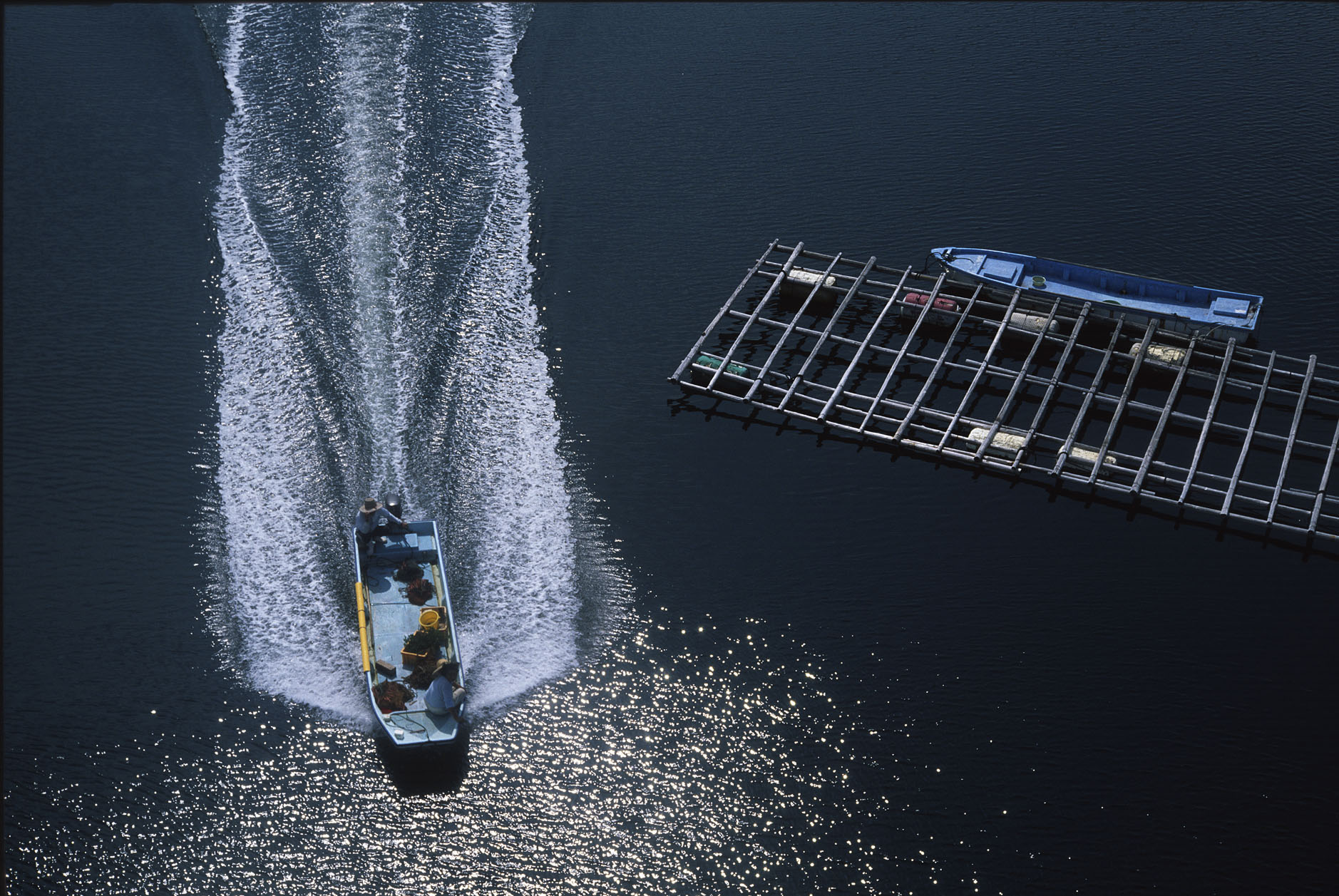In places where land submerges itself beneath water, modes of transportation immediately change and, in some cases, endings become beginnings.
The Kintetsu Line train to Toba in Mie Prefecture deposited me practically in front of Ise Bay, which is less known for its fish than for its artificial-pearl industry. The absence of sea-facing shrines suggested that the waters here were calmer than in the open sea, minimizing the need to erect dedicatory sites to protective sea deities.
Calm waters, as I soon found out, are essential for pearl cultivation. The best place for a crash course in this extraordinary process is the museum on Mikimoto Pearl Island, a short walk across the Pearl Bridge from Toba Station. The well-labeled displays, models and lifelike figures explain how pearl production is conducted out among the oysters. The use of words connected to agriculture, the talk of "seeding" and oyster "grounds," is telling, as while this may be a man-made process, there is a decidedly organic aspect to it.


















With your current subscription plan you can comment on stories. However, before writing your first comment, please create a display name in the Profile section of your subscriber account page.